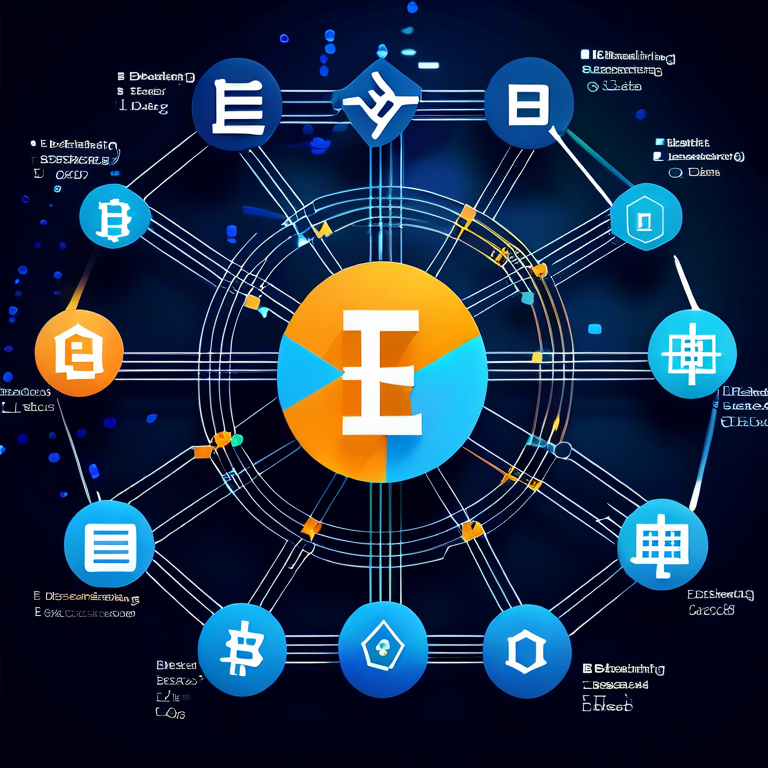In this article, we will delve into the process and significance of reviewing blockchain commitments, focusing on the assessment of distributed ledger technology. By evaluating best practices and methodologies for conducting thorough reviews, we aim to provide insights that can enhance the understanding and reliability of blockchain implementations.

Understanding Blockchain TechnologyExchange
Blockchain technology is fundamentally a decentralized digital ledger that records transactions across multiple computers. This system ensures that the recorded transactions cannot be altered retroactively, which increases trust among users. The process of commitment in blockchain refers to the confirmation of transactions that are added to the blockchain. A diligent review of this commitment process is paramount to maintain the integrity and transparency of the blockchain network. Reviewing commits involves assessing various elements including the technology stack, security protocols, and compliance with relevant standards.
The Importance of Commitment Review
The review of blockchain commitments serves as a critical aspect of maintaining the overall health of the distributed ledger. It ensures that all transactions are executed according to the established protocols and that there are no discrepancies that could undermine trust. The commitment review process typically includes validating transaction records, checking block confirmations, and ensuring that the cryptographic signatures are valid. Additionally, effective review mechanisms help in identifying potential security vulnerabilities and ensuring that the blockchain operates in compliance with regulatory requirements.
Best Practices for Conducting a Blockchain Commitment Review
When conducting a review of blockchain commitments, several best practices should be considered to enhance the effectiveness of the review process. Firstly, it is essential to involve a multidisciplinary team that includes blockchain developers, security experts, and legal advisors. This diverse team can provide a comprehensive analysis from different perspectives. Secondly, adopting automated tools can streamline the review process. These tools can help in monitoring transactions in real-time, thus ensuring that potential issues are detected promptly. Thirdly, regular audits and ongoing education concerning blockchain technologies can keep stakeholders informed about emerging threats and reinforce a culture of continuous improvement.
In conclusion, the review of blockchain commitments is critical in ensuring that the distributed ledger technology functions flawlessly. By understanding the nuances of blockchain technology, appreciating the importance of commitment reviews, and following best practices, organizations can enhance their blockchain systems’ reliability and trustworthiness. This comprehensive approach not only protects the integrity of the blockchain but also fosters confidence among stakeholders.